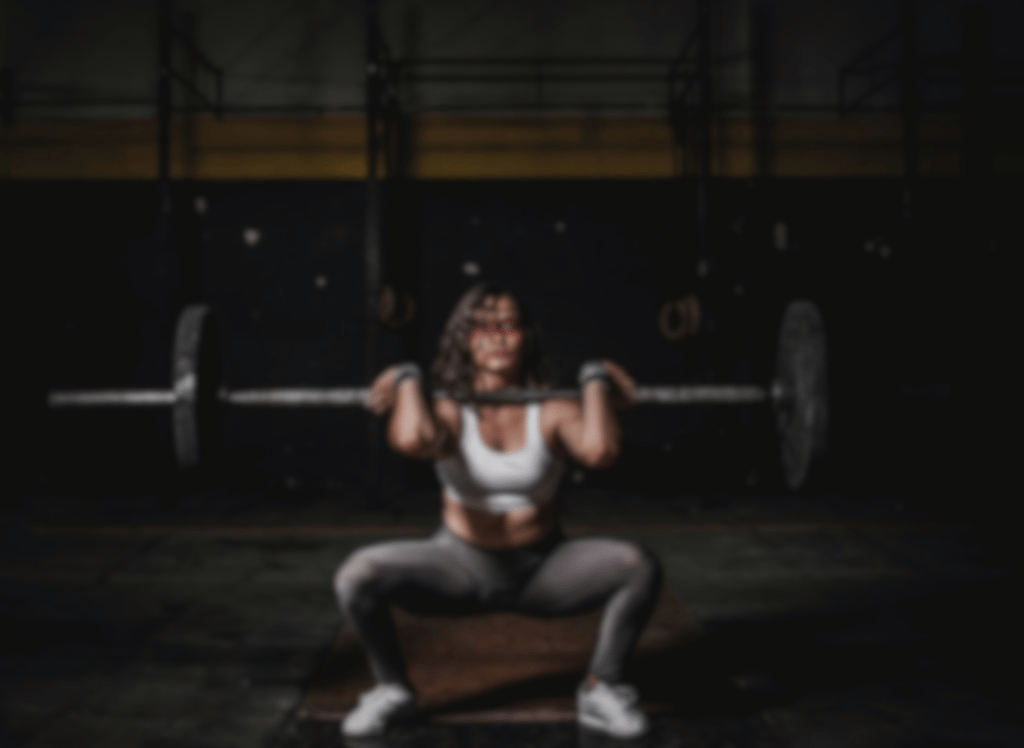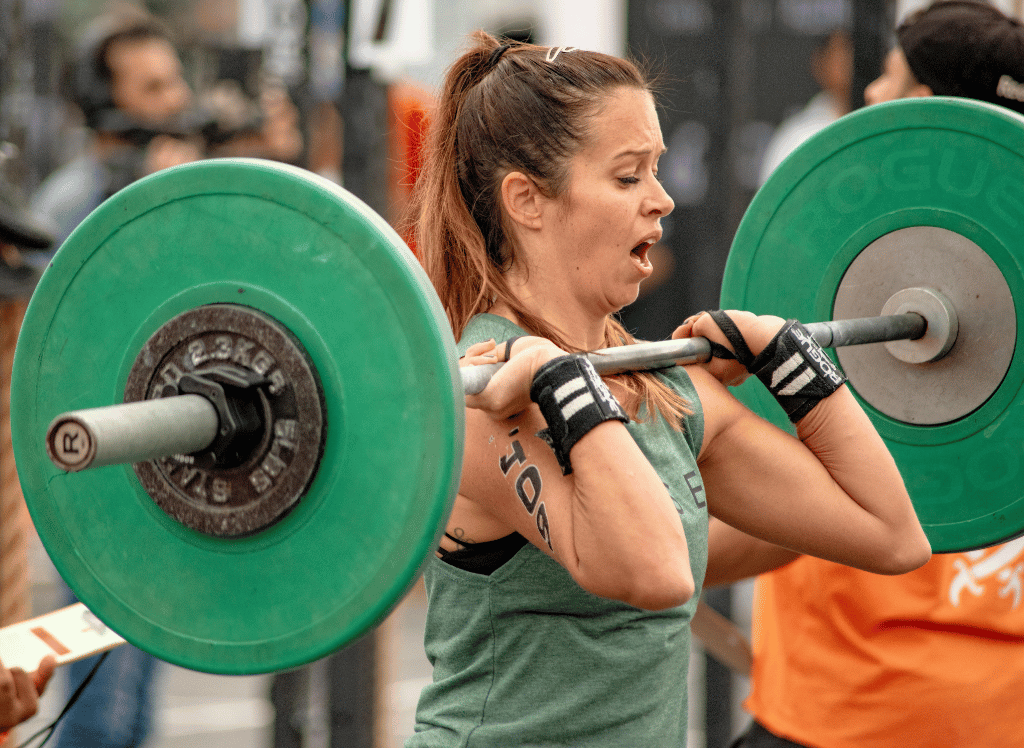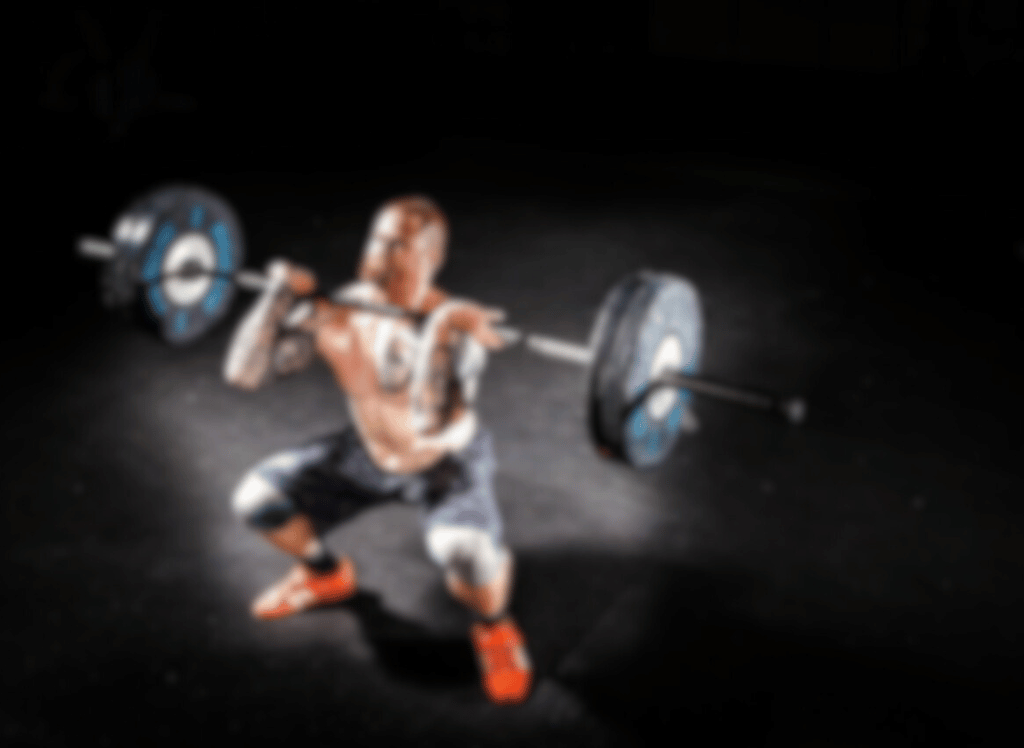Olympic lifting is like the rock concert of the weightlifting world. It’s loud, it’s intense, and it’s all about the big lifts.
What are the Olympic lifts?
Olympic lifts refer to two specific weightlifting movements: the snatch and the clean and jerk. These are the only lifts that are contested in Olympic weightlifting competitions. Both of these lifts require explosive power, speed, flexibility, and precision.
The Snatch: A Symphony of Strength
The snatch is the first of the two main Olympic lifts.
Imagine trying to lift your groceries in one go – but with a lot more weight and a lot more finesse.
The snatch requires explosive power and impeccable technique. Lifters must pull the barbell off the ground, pass it through the knees, and then launch it overhead while dropping into a deep squat position. It’s like a ballet, but with barbells.
The Snatch Pull
The snatch pull is a training exercise used to improve the snatch. Lifters perform the initial pull of the snatch, but without dropping into a squat. It’s like practicing your golf swing – you focus on the key movements without completing the full action.
The snatch pull helps lifters develop explosive power and refine their technique. It’s a valuable tool for improving their snatch performance.
The Power Snatch
The power snatch is a variation of the snatch where lifters catch the barbell in a partial squat position, rather than a full squat. It’s like catching a ball at chest height instead of at your feet.
The power snatch is great for developing explosive strength and improving technique. It’s often used in training to focus on the pull and the catch.
The Clean and Jerk: A Two-Part Harmony
The clean and jerk is the second main lift in Olympic lifting.
Think of it as a weightlifting duet – first, you clean, then you jerk.
In the clean, the lifter pulls the barbell from the ground to the front rack position, catching it in a full squat position. Then, in the jerk, they drive the bar overhead from the standing position. It’s a test of both strength and coordination.
The Starting Position
The starting position is where the magic begins. Lifters must set up correctly to execute a successful lift. It’s like preparing for a big performance – everything needs to be just right.
In the starting position, lifters place their feet hip width apart, grip the barbell, and engage their core. This setup ensures they have a solid foundation to generate explosive power.
Explosive Power
Explosive power is the name of the game in Olympic lifting. These lifts are all about speed and strength. Imagine trying to jump as high as you can while holding a heavy barbell – that’s the kind of explosive power we’re talking about.
Olympic lifters train to develop fast twitch muscle fibers, which are essential for explosive movements. This training not only improves their lifting performance but also enhances their overall athletic abilities.
The Front Rack Position
The front rack position is where lifters catch the barbell during the clean. It’s like catching a fastball – you need quick reflexes and a strong grip.
In the front rack position, the barbell rests on the lifter’s front shoulders, with their elbows pointing forward. This position allows them to stabilize the weight before driving it overhead in the jerk.
The Triple Extension
The triple extension is a crucial movement in Olympic lifting. It involves extending the hips, knees, and ankles simultaneously to generate maximum power. It’s like jumping as high as you can – but with a barbell in your hands.
The triple extension is essential for both the snatch and the clean. It allows lifters to transfer power from their legs to the barbell, propelling it upward.
The Bar Overhead
The bar overhead is the final position in both the snatch and the clean and jerk. It’s the moment of triumph, where lifters hold the weight high above their heads. It’s like raising a trophy – a symbol of their strength and skill.
Holding the bar overhead requires a combination of upper body strength, core stability, and mental focus. It’s the ultimate test of a lifter’s abilities.
Olympic Weightifting FAQs
What are the main Olympic lifts?
The main Olympic lifts are the snatch and the clean and jerk. These lifts are performed in Olympic weightlifting competitions and require explosive power, full body coordination, and precise technique.
How can Olympic lifting improve athletic performance?
Olympic lifting can improve athletic performance by developing explosive strength, enhancing coordination, and increasing flexibility. These lifts engage multiple muscle groups and improve overall strength and power.
Is Olympic lifting suitable for beginners?
Olympic lifting can be suitable for beginners with proper coaching and training. It's important to start with lighter weights and focus on technique to avoid injury and build a solid foundation for more advanced lifts.
Summary
Olympic lifting is a dynamic and powerful sport that requires explosive strength, precise technique, and full body coordination. The two main lifts, the snatch and the clean and jerk, are the heart of Olympic style weightlifting. These lifts not only improve athletic performance but also enhance overall strength and flexibility. Whether you're an intermediate to advanced lifter or just starting out, Olympic lifting offers a challenging and rewarding way to push your limits and achieve greater performance improvements.









